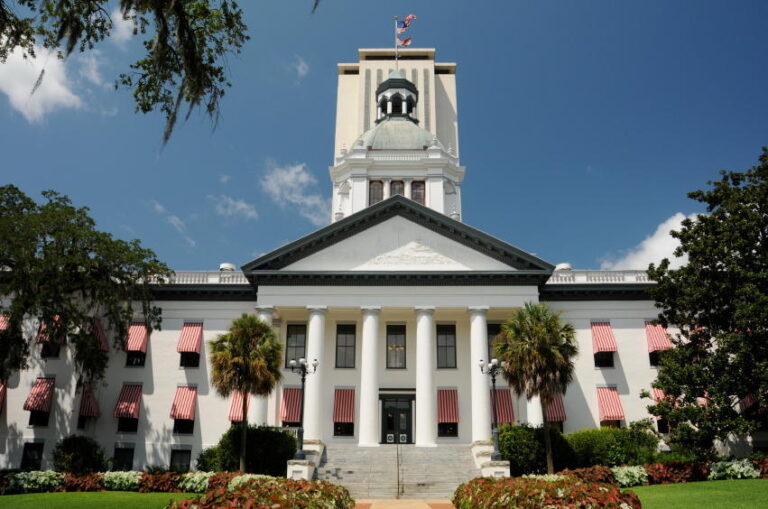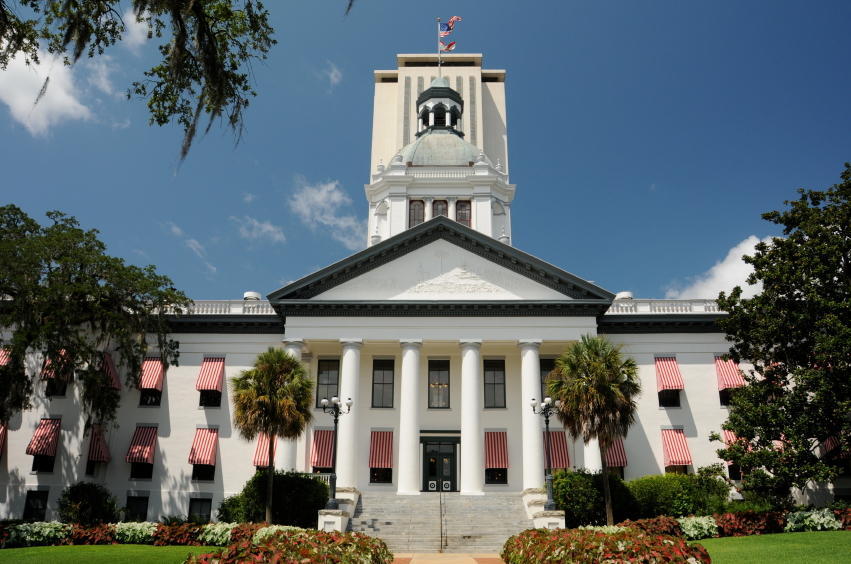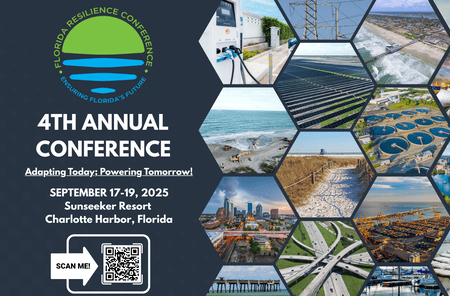By LINA ALFIERI STERN

In the bustling heart of Data Center Alley, a 30-square-mile stretch in Ashburn, Virginia outside Washington D.C., more than 200 data centers hum with purpose, carrying much of the Internet traffic that fuels global connectivity. But last summer, nearly 60 of these digital hubs unexpectedly cut ties with the grid and switched to on-site generators, sending alarm bells ringing across the power community.
Generators are a standard safety mechanism designed to shield delicate computer chips from damaging voltage fluctuations. However, according to a recent Reuters article, the actions inadvertently caused a surge in excess electricity supply on nearby grids. The grid operators, PJM and Dominion Energy, had to swiftly adjust, reducing output from power plants to avert potential cascading power failures across the region. The incident uncovered a new vulnerability in the U.S. electrical grid — unannounced mass disconnections by data centers, and incidents mirroring those in Data Center Alley have been steadily rising.
As Florida grows its data center footprint, local utilities must account for the sheer amount of energy required to run these 24/7 operations. A mid-sized data center on average uses around 20-30 MWh per year, enough to power 1,800-2,700 U.S. households annually. Large or so-called hyperscale centers use as much as 100 to 250 MWh. In 2023, U.S. data centers consumed approximately 176 terawatt-hours (TWh) of electricity, accounting for about 4.4 percent of the nation’s total electricity consumption.
According to datacenters.com, there are 9,585 data centers in the world, with the U.S. hosting the most of any country with 3,664. As Artificial Intelligence (AI) continues to evolve and expand, it is dramatically transforming the data center industry, elevating their role as major energy consumers and reshaping geographical preferences. By 2035, data centers in the U.S. are poised to take up 8.6 percent of the country’s electricity demand, a significant increase from their current 3.5 percent share. This shift is largely driven by AI’s intense computing power needs, with forecasts indicating that data center power demand will more than double in the next decade.
The development of data centers presents a complex challenge, often spanning up to seven years due to the need to secure critical resources such as land, power, and permits. Dominated by tech giants such as Amazon Web Services (AWS), Google, Meta, and Microsoft, these companies hold 42 percent of U.S. data-center capacity, illustrating a concentrated power structure within the industry.
The location of data centers can significantly affect energy pricing due to various factors, including grid demand, infrastructure upgrades, peak load issues, and regulatory policies and incentives.
Florida, with its strategic geographical positioning, offers significant advantages for data centers, particularly in accessing markets in Latin America and the Caribbean. This proximity facilitates faster and more efficient data transmission, which is crucial for organizations servicing these regions.
The state is home to 120 data centers across 17 markets, making it the fourth largest hub in the U.S., after California, Texas, and New York. In 2017, the Florida Legislature enacted a sales tax exemption specifically for data centers. The exemption applies not only to electricity, but also to sales and use taxes on data center infrastructure, equipment, and personal property. To qualify, data centers must meet specific criteria, including making a cumulative capital investment of at least $150 million and maintaining a critical IT load of at least 15 MW, with a minimum of 1 MW per individual owner or tenant.
Major data center markets in Florida include Miami, Orlando, and Jacksonville, each with unique advantages:
- Miami is a major international data hub, ranking No. 9 in the U.S. Its data centers, like the NAP of the Americas and Equinix Miami IBX, provide extensive connectivity to Latin America, the U.S., and Europe, benefiting from numerous global submarine cable systems.
- Positioned as the 50th largest in the U.S. data center market, Orlando offers a strategic central location with minimal latency (the time it takes for data to travel from one point to another) for serving northern and southern Florida. Its growing tech ecosystem, fueled by academic and tech institutions, drives demand for data services, with the bonus of reduced hurricane risks due to its inland position.
- Jacksonville’s connectivity offers strategic advantages between the Deep South and the East Coast. The city is a top destination for tech workers and benefits from lower industrial electricity rates, making it an attractive option for cost-effective colocation services.
In terms of workforce, Florida ranks fourth nationally with nearly 485,000 tech jobs. Its tech employment growth far surpasses the national average, further enhancing its appeal for data center operations. In addition to its skilled workforce, Florida ranks 1st in the U.S. for submarine fiber landings, 3rd for fiber miles, and 3rd for high-tech employment growth.
As the data center industry continues to expand globally alongside AI advancements, Florida stands out as a strategic location for businesses due to its unique combination of geographical advantages, robust infrastructure, and business-friendly environment. With the anticipated surge in demand for data processing and storage, Florida’s data centers are well-positioned to meet the evolving needs of modern enterprises.






















